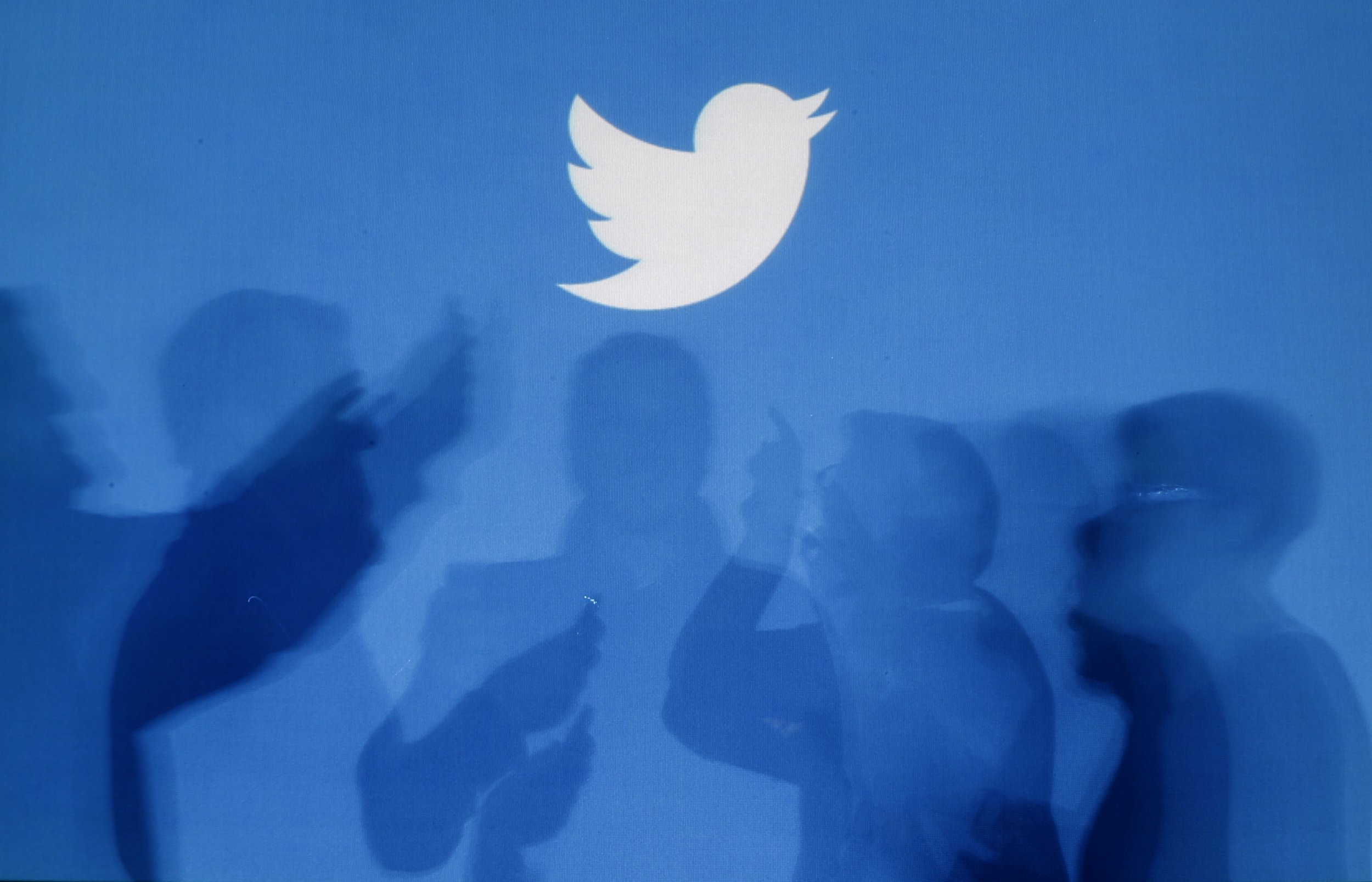
Moments is Twitter's best chance at taming the chaos of its own universe, but it remains a rough product. Moments, launched earlier this month, is still getting tweaked on a near-daily basis. But is Moments really inching toward becoming the reinvention of the newspaper?
Twitter needed something like Moments to shake off the rust. Twitter faced stagnant growth in new users, as the microblogging service remains as foreign to beginners as it was seven to eight years ago. According to venture investor Chris Sacca, almost a billion users have tried and left Twitter.
Dubbed a "no-growth business" after its latest earnings call, Twitter infused new blood, like CEO Jack Dorsey and Executive Chairman Omid Kordestani, and let out old blood via a layoff of 8 percent of its workforce. Moments has been the boldest action since the earnings call to alert everyone that Twitter is still trying new things.
"I think that Twitter is in a bit of a crisis right now," says Piotr Gajos, the chief innovation officer at Sourcebits. "But crises can lead to changes. Twitter realized they had a massive ocean of content. They're trying to upgrade the signal-to-noise ratio on Twitter with Moments."
And yet journalists have been cold toward Moments since its launch. Some have been confused by the editorial direction of Moments, and nowhere was this more evident than during the Democratic Party debate last week. Journalists were not impressed by the lack of depth in its coverage; 14 of the top 25 tweets and Vines curated were tweets from politicians (and Donald Trump, of course) and CNN's Vines of its own broadcast of the debate.
So far Twitter moments seem to be all about getting famous people in your face, not others https://t.co/t0CGULDmRE
— Owen Williams (@ow) October 14, 2015The tweets that Twitter curated from the Dem debate for its Moments tab are useless and irrelevant.
— Josh Kraushaar (@HotlineJosh) October 14, 2015
Twitter in the past week—perhaps as a buildup toward its annual developers conference—has been constantly releasing news regarding Moments. On Tuesday, it announced it had hired New York Times mobile editor Marcus Mabry to run Moments.
On Wednesday, Twitter offered the publishing technology used in Moments for websites to embed multiple tweets in a gridded stack. To compliment the new embed tool, Twitter launched Publish to help find new collections.
"We have big plans for this new tool," wrote Twitter Senior Product Manager Mollie Vandor on Publish in a blog post. "We want it to be a one stop shop where you can easily preview all of the different types of displays we offer in Twitter Kit and grab the embed code for any Twitter content you'd like to publish."
And it looks like Twitter has been seriously heeding complaints about Moments from journalists. For example, Moments used to strip away links from the original tweets during curation. A reader needed to leap through several hidden hurdles to go from Moments to the original tweet with a link to the news source. For the newspaper industry, which depends on online traffic as a major lifeline, this repackaging of news amounts to digital asphyxiation of the media industry.
As of Wednesday, Moments got rid of this problem by allowing the reader to click on a tweet or Vine—marked by a magnifying glass icon hovering the mouse over the tweets—go directly to the source.
The past two days have been positive reinforcement for Moments apologists. Twitter's actions perhaps indicate it is indeed interested in the news and curating the news with the judiciousness and nimbleness of a respected newspaper like The New York Times.
"If I was a cynical man, I would say Moments was Twitter's swan song," Gajos says. "But I am an optimist, so I like to think Twitter is finally implementing a new way to show off its wealth of content. The foundations for Moments was always there."
Uncommon Knowledge
Newsweek is committed to challenging conventional wisdom and finding connections in the search for common ground.
Newsweek is committed to challenging conventional wisdom and finding connections in the search for common ground.
About the writer
Seung Lee is a San Francisco-based staff writer at Newsweek, who focuses on consumer technology. He has previously worked at the ... Read more





